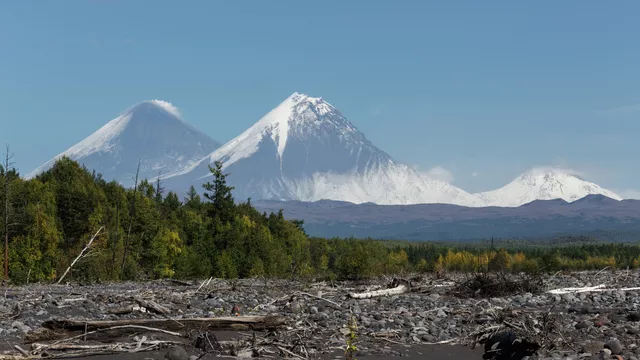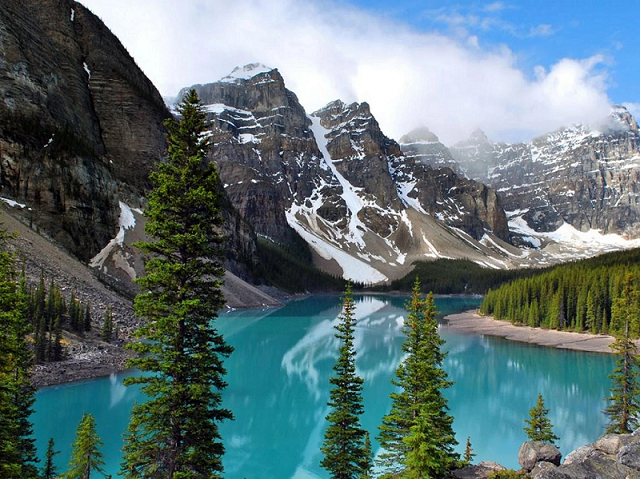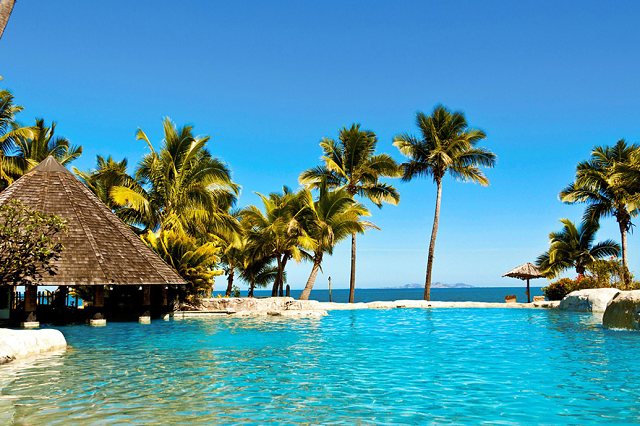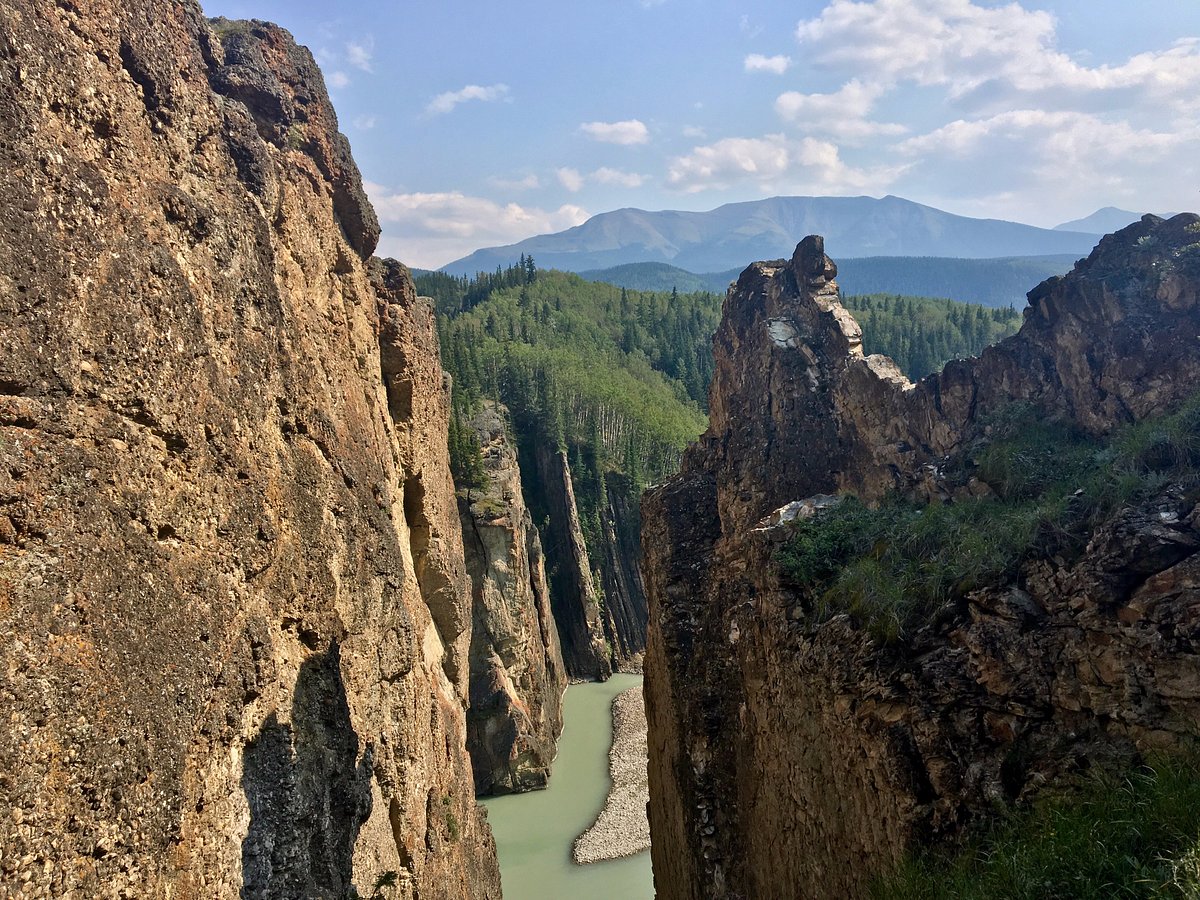Willmore Wilderness Park
Willmore Wilderness Park, located in Alberta, Canada, is a vast 4,600-square-kilometre (1,800 sq mi) wilderness area adjacent to Jasper National Park. It is less known and less visited than Jasper, offering a more secluded experience. The park has no public roads, bridges, or buildings, but several ranger cabins are available for visitor use.
Surrounding Parks
The wilderness reserve is surrounded by other parks, including:
Kakwa Wildlands Park to the north
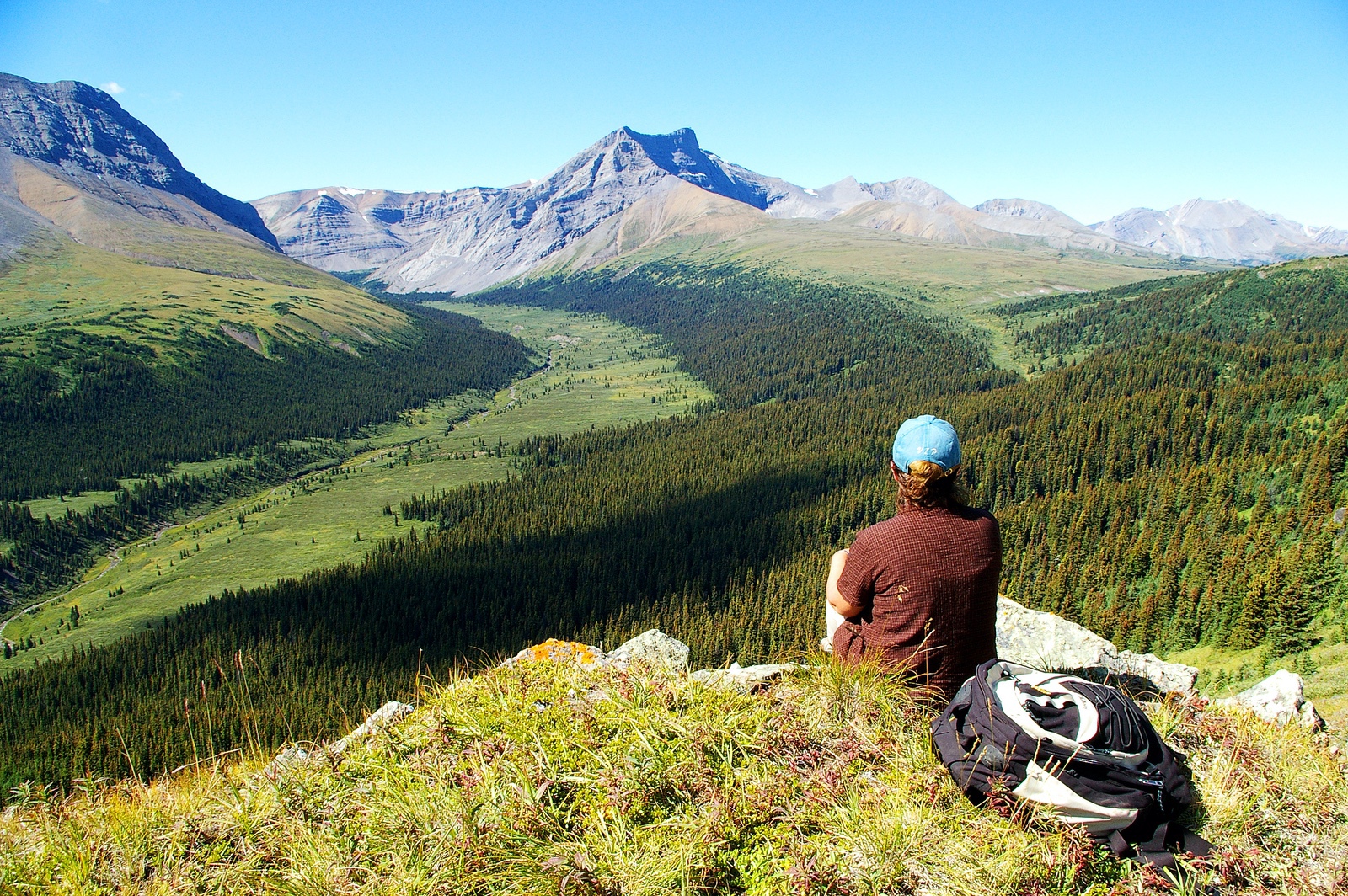
Kakwa Provincial Park and Protected Area to the west
Rock Lake Provincial Park to the southwest
Sulphur Gates Provincial Recreation Area to the east
Together, Kakwa Wildlands Park, Kakwa Provincial Park, and Willmore Wilderness Park form the first interprovincial park shared between Alberta and British Columbia.
Access
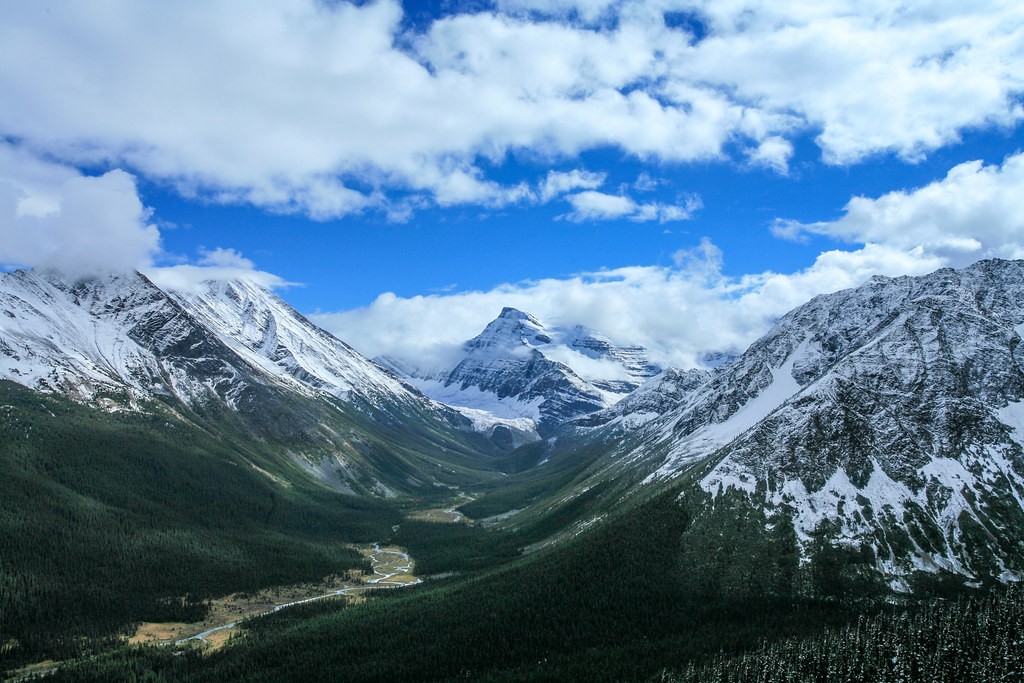
Access to Willmore Wilderness Park is primarily via Highway 40 through the hamlet of Grande Cache, with four main staging areas: Sulphur Gates, Cowlick Creek, Berland River, and Rock Lake. Motorized vehicles are prohibited, so visitors must travel by foot, horse, mountain bike, or ski. An additional staging area is located southeast of the park in the town of Hinton.
History
Before 1994, the land within Willmore Wilderness Park was divided between Improvement District (ID) No. 14 and ID No. 16. On January 2, 1994, it was incorporated as ID No. 25. The park was named on April 12, 1965, after Norman Willmore of Edson, a provincial cabinet minister and member of the Legislative Assembly of Alberta who died in a motor vehicle accident in February 1965. Previously, the area was known as Wilderness Provincial Park, established in 1959 through a bill introduced by Willmore.
Conservation
Managed by Alberta Community Development, Willmore Wilderness Park is dedicated to conservation. Research projects within the park include:
The Willmore Biodiversity Monitoring Project
The Alberta Experimental Wolverine Monitoring Project
The park is home to a significant population of mountain goats and bighorn sheep, representing 20% of Alberta's total population. Other mammals in the park include grizzly bears, woodland caribou, elk, deer, cougars, and timber wolves. In the sub-alpine region, visitors can also find coyotes, wolverines, lynx, and black bears, while higher alpine areas are inhabited by marmots, rock pika, ptarmigan, and Rocky Mountain goats. The sub-alpine environment features white spruce, lodgepole pine, balsam fir, and aspen poplar.
Several First Nations burial sites are located at Big Grave Flats, along with early coal mining, forestry, and trapper cabins.
Activities
Visitors to Willmore Wilderness Park can engage in a variety of recreational activities, including:
Camping
Hiking
Horseback riding
Mountain biking
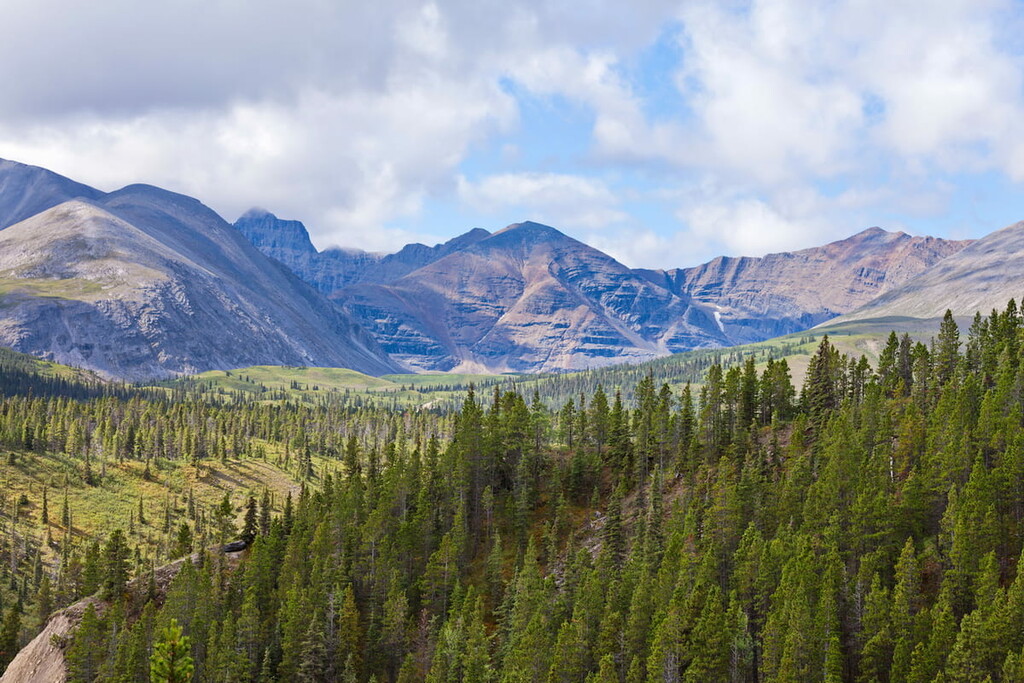
Cross-country skiing
Some hunting
Fishing for bull trout is allowed on a catch-and-release basis, with bull trout up to 9.1 kg (20 lb) caught in the upper Jackpine River. Canoeing and whitewater rafting are popular on the Smoky River.
Motorized vehicles are prohibited within the park, but open-pit fires are allowed. Travelers should be aware of potential dangers such as changing weather, rising waters, lost and water-logged trails, and the abundant bear population.
Several trails cross the park, including the Indian Trail, Pope Thoreau Trail, and Great Divide Trail. Horseback riding can be enjoyed along various rivers and passes, including Sulphur River, West Sulphur River, Rocky Pass, Jackknife Pass, Casket Pass, Forget-Me-Not Pass, Fetherstonhaugh Pass, and Morkill Pass.
The Rock Lake staging area provides easy access to the northern part of Jasper National Park via the Willow Creek Trail. This 14 km trail connects with the North Boundary Trail, approximately 49 km from the Snake Indian River staging area.

